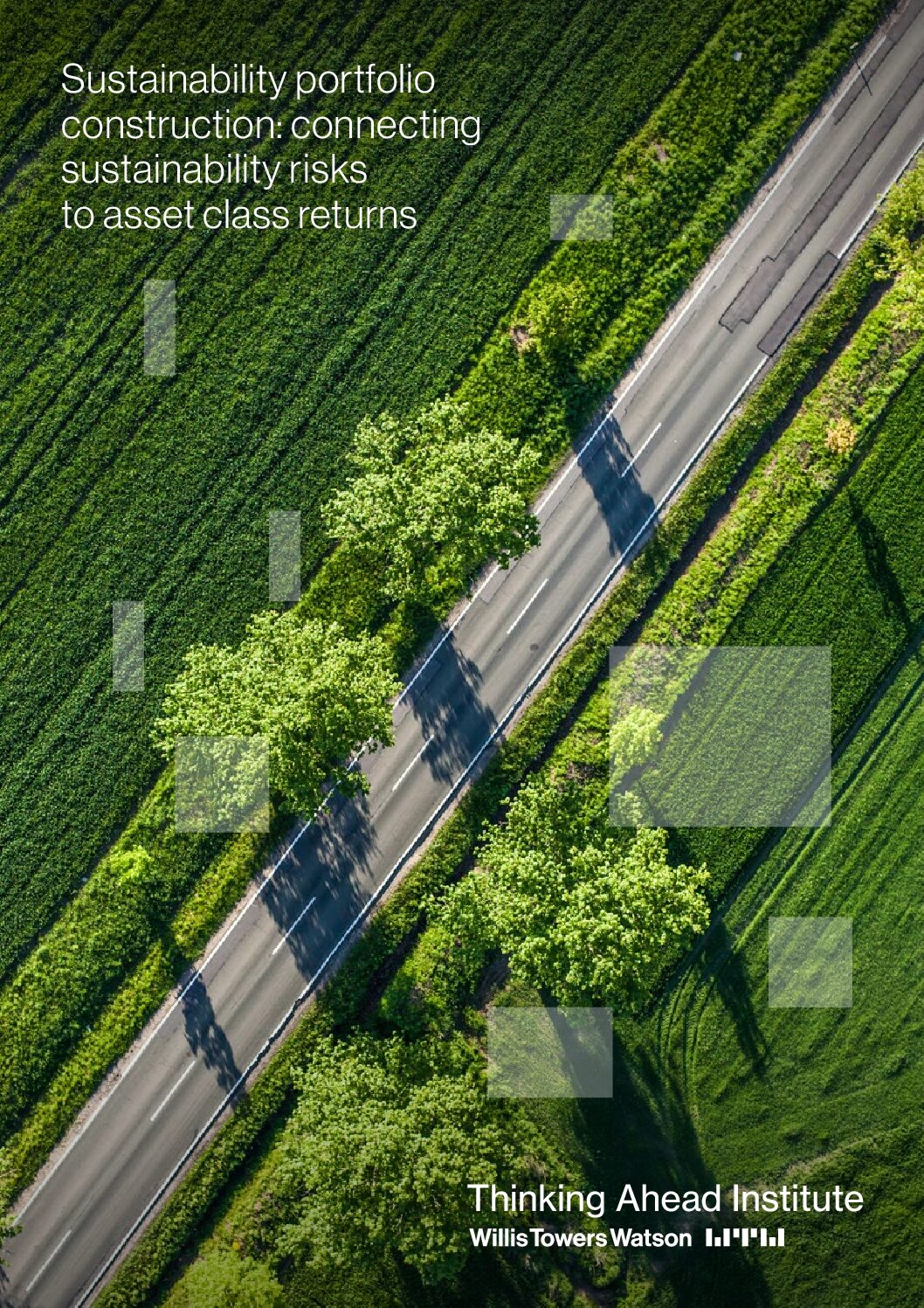This paper focuses on sustainability risk management and portfolio construction. Our new three-step framework, we hope, deepens our collective understanding of the long-term generators of (and detractors from) sustainable asset returns.
We know from our conversations with investors that they do not feel comfortable that sustainability is fully embedded – and measured – in their investment processes. They may, for instance, have developed a set of sustainability beliefs but struggle – for time, resources and other reasons – to implement these beliefs. Or they may have identified investments that they view as sustainable, but cannot quantify how exactly these investments impact the portfolio.
We want to offer investors a holistic framework which allows them to seamlessly integrate financial and extra-financial (like ESG) metrics into all aspects of portfolio management, from risk management, through portfolio construction, all the way down to security analysis. We are keenly aware that stewards of institutional money are not in the business of re-inventing the wheel. So the framework would consist of a set of modular tools, which dovetail with – rather than replace – existing strategic asset allocation processes.
Five case studies are available here.

This paper focuses on the middle stages of the process – risk management and portfolio construction – which are the stages investors tend to struggle to apply sustainability to the most. We set out a new three-step framework to help investors quantify the impact of sustainability risks, identified through our analysis of megatrends, on asset returns.


